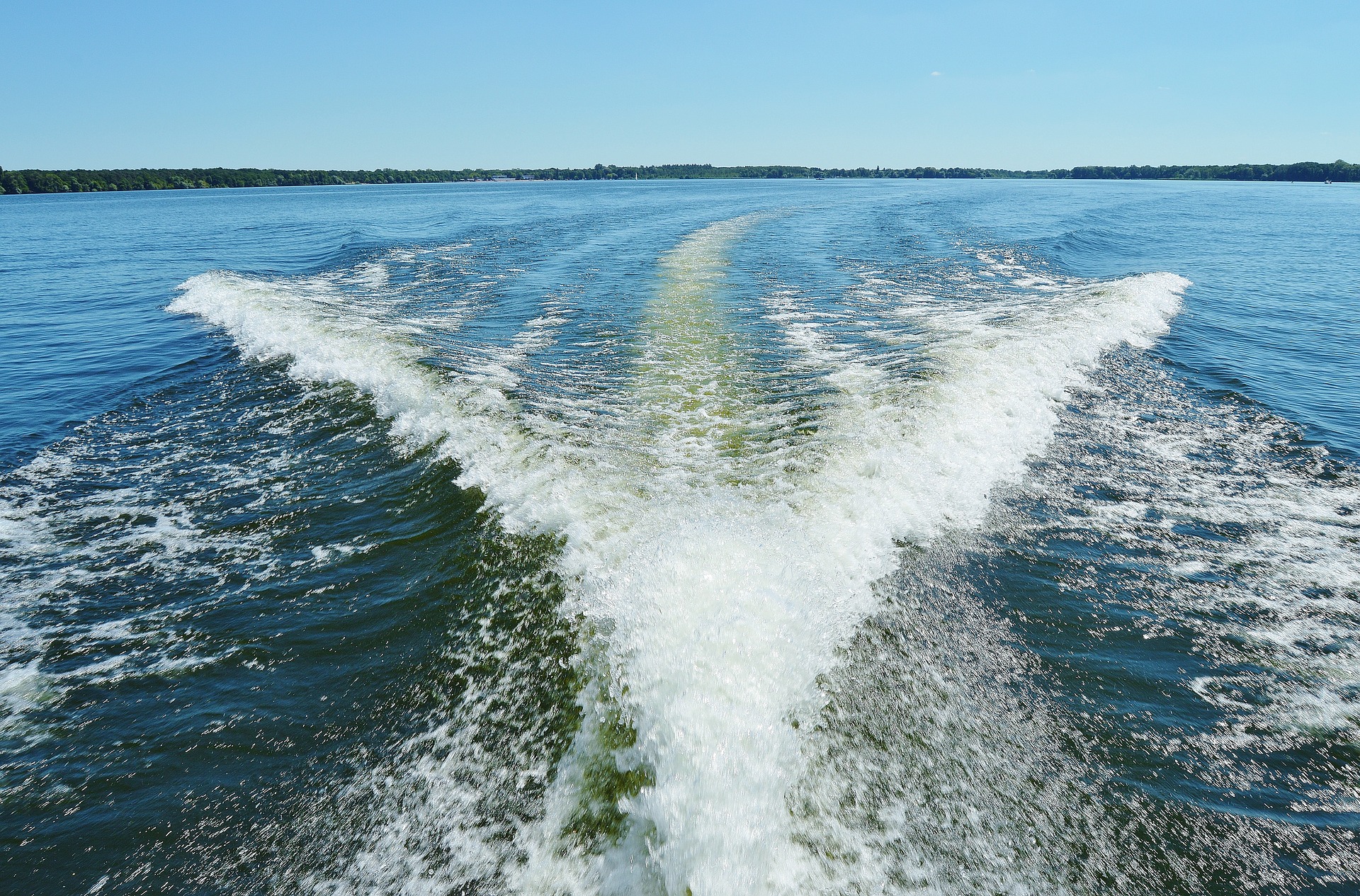2020-Jul-27
Watch Your Wake!
 Large and destructive wakes have long been an issue for cottagers, and the recent high water levels and shoreline conditions have made the problem much worse. The law states that power-driven vessels must slow down to 10 km/hour within 30 meters of a shoreline except in canals and marked channels. While most boaters are aware and respectful of the rules, there are others who are not.
Large and destructive wakes have long been an issue for cottagers, and the recent high water levels and shoreline conditions have made the problem much worse. The law states that power-driven vessels must slow down to 10 km/hour within 30 meters of a shoreline except in canals and marked channels. While most boaters are aware and respectful of the rules, there are others who are not.
Understanding the Impacts
Large wakes can create unsafe conditions, be harmful to the environment, and cause property damage, notably:
- Hazards for swimmers and smaller vessels
- Large wake can cause dangerous conditions for swimmers and can even swamp smaller vessels.
- Shoreline erosion
- Wake combined with higher water levels can cause plants and trees to lose their root support and get washed into the water creating debris and floating hazards.
- Disruption of breeding grounds
- Wake can disturb fish, frog, and insect eggs and can swamp the nests of waterfowl, like loons, that lay eggs close to shore.
- Property Damage
- Wake can cause moored boats to bump and rub against docks and cause strain to dock anchoring systems.
Be Aware of Your Wake
The larger the wake, the greater the potential for undesirable side effects, so:
- Look behind you to see and understand the impact your wake has on shorelines
- Adjust your speed and direction to minimize the impact (10km/h within 30 metres of shore including narrow channels between islands)
- Position passengers throughout the boat to balance the weight
- Water-ski, tube, and wakeboard far away from shorelines
Remember, boaters are responsible and can be liable for any damages caused by excessive wakes they create (see article: https://georgianbay.ca/excessive-wakes/).
How Can You Help?
The OPP considers wakes a civil issue, so education is the best approach. An idea might be to post reminder signs at marinas or gas docks in a location with good visibility, ideally where transitory boaters would see it. We suggest that associations or concerned citizens approach their local marinas to suggest posting such a sign as marinas would likely be more open to doing this if the request came from valued customers. Sharing articles like these with your associations and through social media will also help promote awareness of the issues.
By being aware of the wake you create and minimizing it wherever possible you will be preserving the natural environment and the pleasures of the Bay for everyone.

